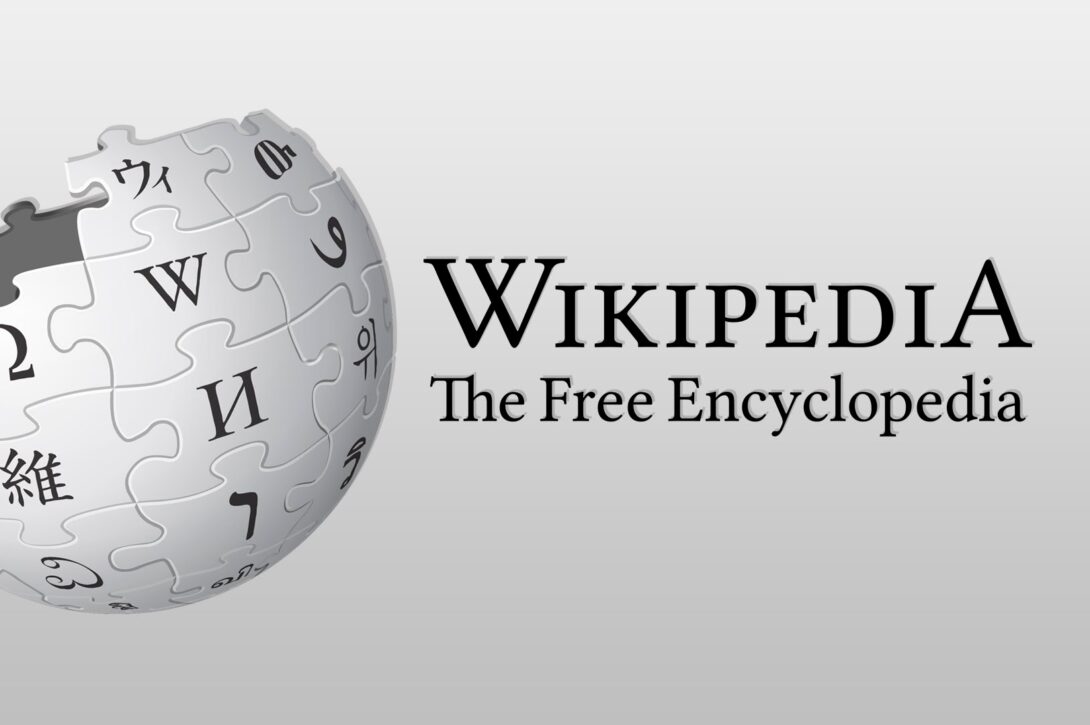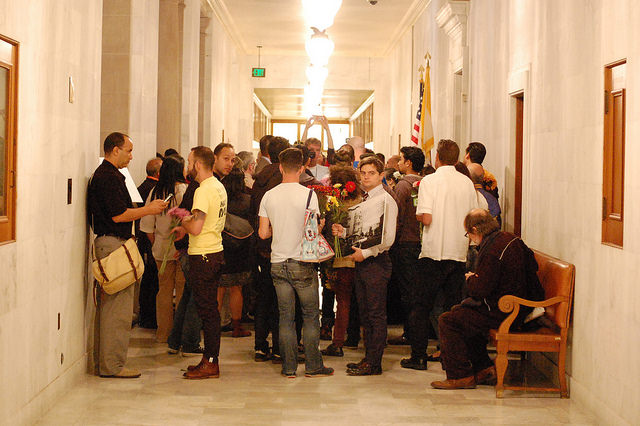Blog title
News
- Articles from Policy & Internet
- Books
- Call for Papers
- Child Safety
- Collective Action
- Conferences
- Democracy
- Development
- Economics
- Education
- Environment
- Ethics
- Governance & Security
- Health
- Interviews
- Mapping
- Methods
- Policy
- Politics & Government
- Publications
- Social Data Science
- Submissions Closed
- Tools
- Video
- Wellbeing
-

Assessing crowdsourcing technologies to collect public opinion around an urban renovation project
How do you increase the quality of feedback without placing citizens on different-level playing fields…
-

Crowdsourcing ideas as an emerging form of multistakeholder participation in Internet governance
Assessing the extent to which crowdsourcing represents an emerging opportunity of participation in global public…
-

Ethics in Networked Systems Research: ACM SigComm Workshop Report
—
in EthicsExperimentation and research on the Internet require ethical scrutiny in order to give useful feedback…
-

Using Wikipedia as PR is a problem, but our lack of a critical eye is worse
—
That Wikipedia is used for less-than scrupulously neutral purposes shouldn’t surprise us – our lack…
-

Crowdsourcing for public policy and government
The growing interest in crowdsourcing for government and public policy must be understood in the…
-

Current alternatives won’t light up Britain’s broadband blackspots
—
Satellites, microwaves, radio towers – how many more options must be tried before the government…
-

Should we love Uber and Airbnb or protest against them?
—
in EconomicsSome theorists suggest that such platforms are making our world more efficient by natural selection.…
-

Uber and Airbnb make the rules now — but to whose benefit?
Outlining a more nuanced theory of institutional change that suggests that platforms’ effects on society…
-

Why are citizens migrating to Uber and Airbnb, and what should governments do about it?
What if we dug into existing social science theory to see what it has to…
-

Iris scanners can now identify us from 40 feet away
Public anxiety and legal protections currently pose a major challenge to anyone wanting to introduce…

